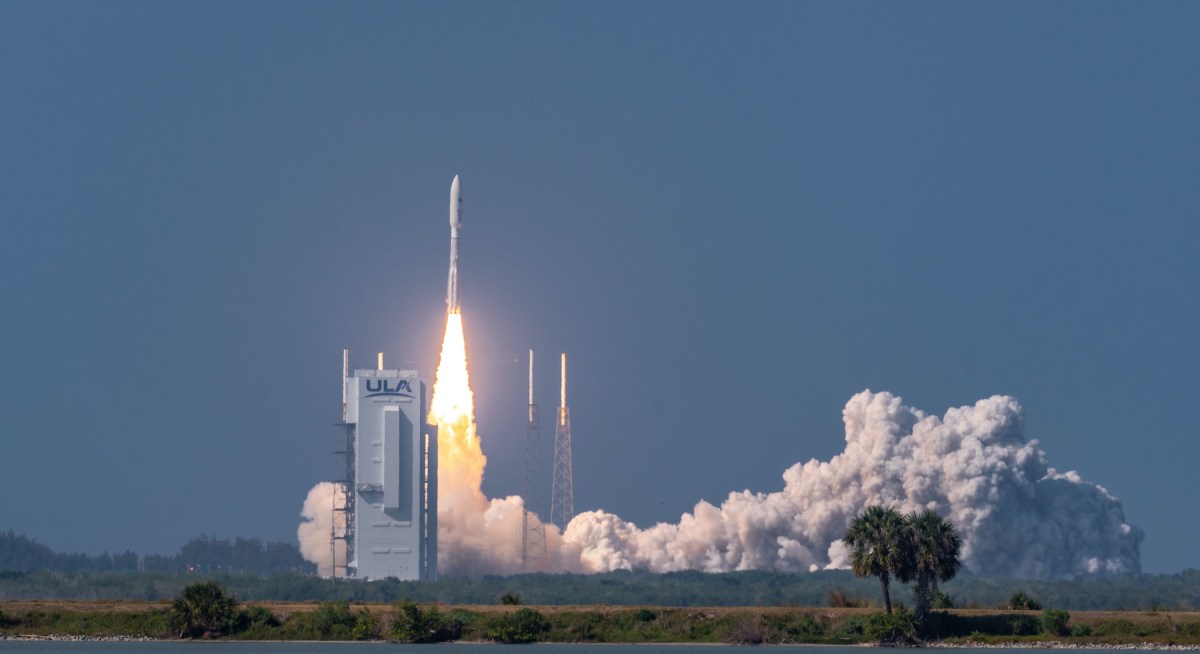Air Force pushes satellite surveillance to new heights with AI, cloud platform

The Air Force is adding new artificial intelligence and cloud-based platforms to push its surveillance capabilities to new heights.
The Air Force’s Space Vehicles Directorate and Information Directorate awarded a phase two Small Business Innovation Research contract recently to software and analytics company Descartes Labs for “near-real-time actionable analytics” on high-altitude satellites.
Descartes will mature computer vision algorithms attuned to high-altitude image collection and bring new cloud-based data services that it started in a Phase 1 grant issued last year. High-altitude satellites generally operate at a maximum of 60,000 feet.
“This is really about taking a mature, tech-ready platform that has deep commercial history and proving this out in the Air Force,” Matt Tirman, Descartes Lab’s global public sector director, told FedScoop in an interview.
Descartes’ Phase 2 SBIR comes after Palantir, an upward-trending big data analytics company, inked a similar deal with Space Force to bring its data fusion platform to the newest branch of the military. Both contracts emphasize how the forces are trying to leverage data collection from space as a means to improve information collection.
The Air Force did not return a request for comment. But a program manager, who could not be named for “security reason,” is quoted in a press release as saying: “The data integration, fusion, and discovery technologies being developed by Descartes Labs are critical to providing the U.S. Air Force and U.S. Space Force with transformative capabilities for ISR sensing, sense-making, and information integration for next-generation battle management and command and control.”
Tirman said the new work will bring a higher-altitude sensor into Descartes Lab’s data processing and collection arsenal. The backbone of the company’s technology is a high-power supercomputer-supported cloud system and software that can turn raw data from multiple sensors into analysis-ready imagery using machine learning and artificial intelligence-enabled platforms. The company will harness its algorithms to both enhance the computer vision of the satellites and the integration of raw data from different sensors.
“We treat this type of sensor and imagery data pretty much all the same,” Tirman said. “It is just a modality we have yet to play with.”
The first phase of Descartes Lab’s work showed the Air Force needed better automation on multi-sensor systems, which is where the cloud-based platform came in. The first phase of the SBIR was with the Air Combat Command Distributed Common Ground System, according to the contract.
The goal now is to get an authority to operate and move into the third phase, Tirman said.






